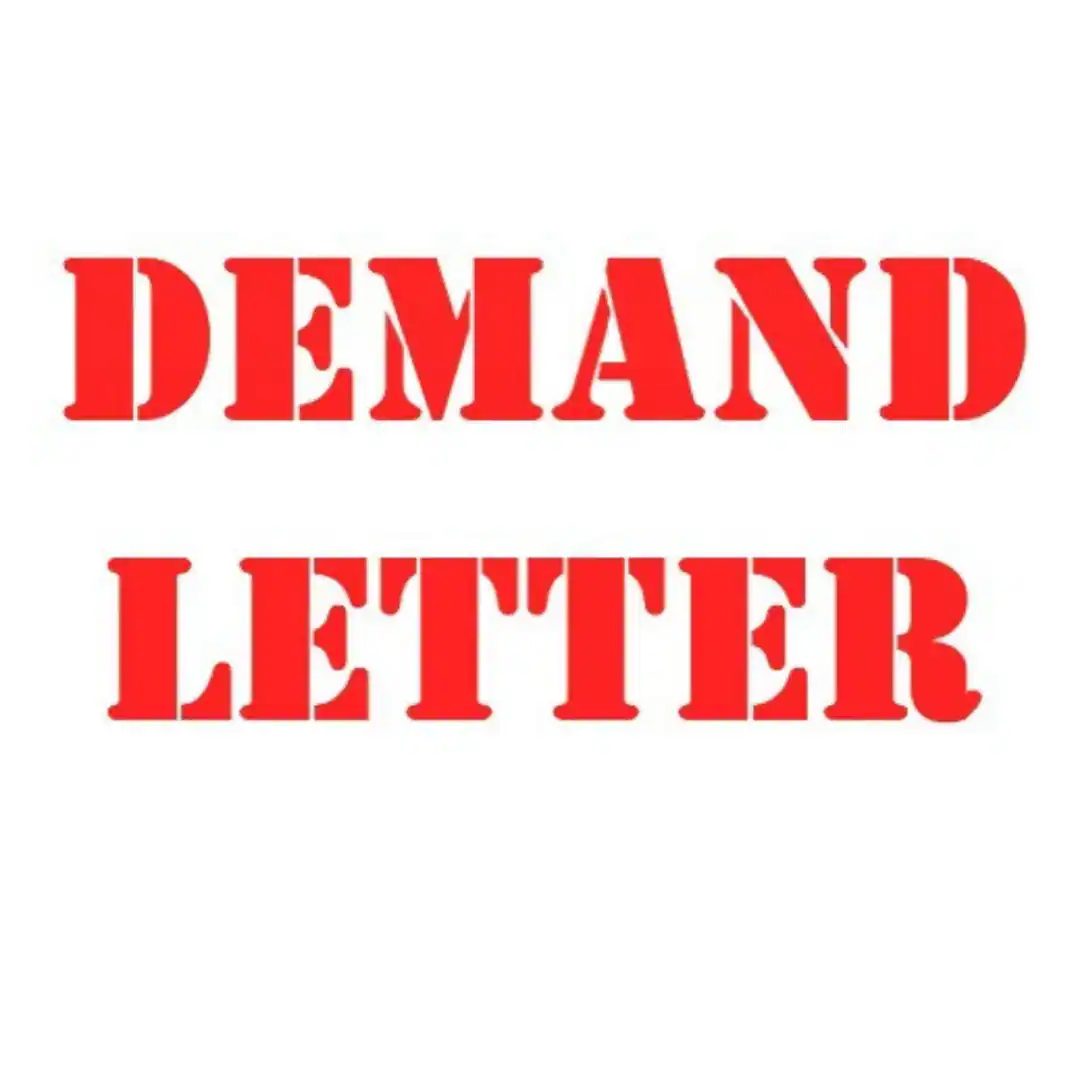In the legal landscape, the commencement of formal proceedings can be a daunting and costly affair. However, there is a step that typically precedes litigation which can be both an effective tool for dispute resolution and a critical element in the legal process: the letter of demand.
What is a Letter of Demand?
A letter of demand is a formal document sent by one party (the claimant) to another (the respondent) outlining a complaint and demanding corrective action, restitution, or payment that the claimant believes is owed to them. The contents of this letter are crucial; it not only sets out the basis of the claim but also serves a number of significant legal and practical functions.
Functions of a Letter of Demand:
Preventative Measure – One primary function of a letter of demand is to resolve issues outside of court. It serves as a precursor to legal proceedings, giving the respondent a chance to rectify the issue without involving the judiciary. This not only conserves judicial resources but also provides a quicker and less costly resolution for both parties.
Evidence in Court – Should the matter proceed to court, a letter of demand can be a key piece of evidence. It demonstrates to the court that the claimant made efforts to settle the dispute amicably before resorting to litigation. This can influence the court’s view on the conduct of the parties and may even be a factor in awarding costs.
Establishing Seriousness – Sending a letter of demand signals the claimant’s seriousness regarding the matter. It often operates as a wake-up call to the respondent that the claimant is prepared to take legal action if necessary, potentially prompting a more immediate and earnest response.
Legal Requirements and Considerations:
Accurate and Clear Claims – Legal efficacy dictates that a letter of demand must be clear and accurate in stating the claim. Any ambiguity can lead to misunderstandings and may hamper the claimant’s position if litigation ensues.
Timing and Delivery – The timing of sending the letter of demand is also pivotal. There may be statute of limitations considerations that affect the claim. Furthermore, ensuring that the letter is correctly served on the respondent is essential to prevent disputes over whether the demand was actually received.
Avoiding Unnecessary Threats – Overly aggressive or threatening language should be avoided. A letter of demand is a professional communication, not a tool for intimidation. The aim is to prompt action, not create hostility or fear, which could be counterproductive and possibly lead to claims for harassment or defamation from the recipient.
Professional and Ethical Considerations – Legal professionals must adhere to ethical standards when drafting letters of demand. They must avoid presenting misleading information or overstating the claim, as this could constitute unethical behavior and possibly result in professional sanctions.
The Anatomy of an Effective Letter of Demand:
Identifying Information – The letter should clearly identify the parties involved, including names, addresses, and other relevant contact details.
Statement of Facts – A concise and factual summary of the situation and the events that led to the demand is essential. It helps establish the background of the claim and provides context for the demands being made.
Legal Basis – This section links the facts to the legal grounds on which the claim is made. It can reference specific laws, regulations, or contracts that support the claimant’s position.
The Demand – The specific requirements of the respondent must be stated clearly. This can include a sum of money, the performance of an obligation, or the cessation of a certain behavior.
Consequences of Non-Compliance – A letter of demand should outline what actions the claimant is prepared to take if the respondent fails to comply with the demands. This often includes the initiation of legal proceedings.
Timeframe for Compliance – Setting a reasonable deadline for the respondent to meet the demands is crucial. This holding period should provide sufficient time for the respondent to assess the situation and respond appropriately.
Supporting Documentation – Where possible, including copies of contracts, previous correspondence, or any evidence that supports the claim strengthens the legitimacy of the demand.
Formal Closing – The letter should end with a formal closure that reiterates the seriousness of the matter and the claimant’s hope for an amicable resolution.
Conclusion – The letter of demand plays an indispensable role in the dispute resolution process. It embodies the principles of fairness and due process, affording the respondent an opportunity to settle a matter without engaging in potentially lengthy and expensive court proceedings. Furthermore, it represents a good faith effort on the part of the claimant to resolve issues amicably. As such, drafting an effective letter of demand is not merely a preliminary step but a central one that could define the course and outcome of a potential legal dispute.
Easy Contracts makes use of an easy wizard to provide you with a compliant, comprehensive but easy to understand letter of demand all at a price far better than visiting an attorney, thereby putting you in the best position possible.
